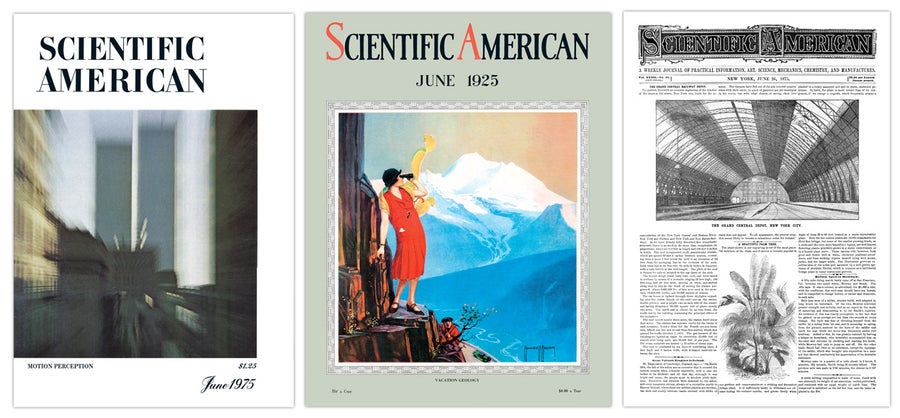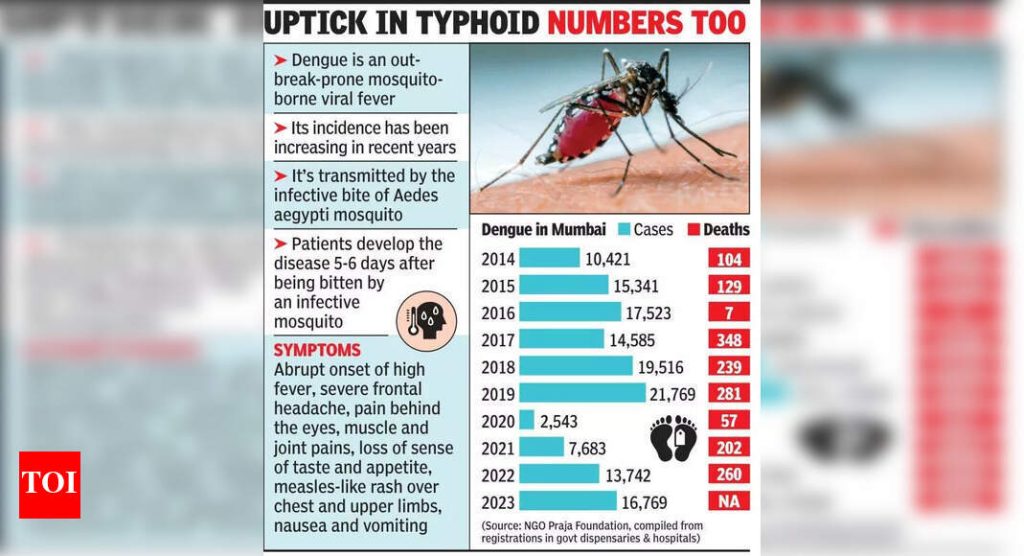Now Reading: June 2025: Science History from 50, 100 and 150 Years Ago
-
01
June 2025: Science History from 50, 100 and 150 Years Ago
June 2025: Science History from 50, 100 and 150 Years Ago

White ants; vacations in the mud

1975, Star Chart: “In the Hertzsprung-Russell diagram, the dot colors and sizes represent the apparent colors and approximate relative sizes of the stars. The majority of normal stars lie on or near the main sequence, from the upper left to lower right. The more massive the star, the higher on the sequence. Pulsating stars are distributed quite differently, from the upper right down toward the main sequence. Stars reach in stability regions by proceeding along evolutionary tracks (arrows) across their lifetime.”
Scientific American, Vol. 232, No. 6; June 1975
1975
Slavery by Ants Is Self-Destructive
“The institution of slavery is not unique to human societies. No fewer than 35 species of ants depend to some extent on slave labor for their existence. The techniques by which they raid other ant colonies to strengthen their labor force rank among the most sophisticated behavior patterns found in the insect world. Most of the slave-making species are so specialized as raiders that they starve to death if deprived of their slaves. Together they display an evolutionary descent that begins with casual raiding by otherwise free-living colonies, passes through the development of full-blown warrior societies and ends with such degeneration that the workers can no longer even conduct raids. —Edward O. Wilson”
On supporting science journalism
If you’re enjoying this article, consider supporting our award-winning journalism by subscribing. By purchasing a subscription you are helping to ensure the future of impactful stories about the discoveries and ideas shaping our world today.
Tornado Outbreak Largest on Record
“During the spring and early summer tornadoes are likely to occur between the Gulf of Mexico and Lake Ontario. On April 3 of last year conditions were right. The first tornado struck at 1:10 P.M. By 5:20 A.M. the next day a total of 148 tornadoes had swept across the countryside and cities from Laurel, Miss., to Windsor, Ont., killing 315 people and injuring 5,484. In terms of sheer scope and the number of storms, it was the largest tornado outbreak on record. Immediately after, Theodore Fujita of the University of Chicago and his colleagues organized aerial and ground surveys. Fujita and his co-workers found that 74 percent of the fatalities occurred in houses and buildings, 17 percent in mobile homes, 6 percent in automobiles and 3 percent among people en route to shelter.”
In 1971 Theodore Fujita and Allen Pearson introduced the Fujita-Pearson scale to describe tornado intensity, from 0 (wind speed less than 73 mph) to 5 (261 to 318 mph).
1925
Vacation Fun with Mud Dwellers
“The trouble with vacations is that they have a way of being just what their name implies: too vacant. Few human experiences are worse than that of the individual who finds themself sitting around in the country or at the seashore with 24 hours a day on their hands and nothing interesting to do. Science can help. Anywhere in the out of doors there is opportunity for real fun with science. In this issue, we describe some of the interesting things you can do and see with rocks and streams and the sides of hills. And we explain some secrets of the clouds. Another good way to make your vacation interesting is to study mud. In the bottoms of sluggish streams and small fresh-water ponds, even water-filled ditches along the roadside, there is a vast and interesting world of tiny creatures. Science calls them animalcules, protozoa, protophyta, and other long names. You cannot see them without a microscope. But for the price of one weekend visit to a moderately fashionable resort you can buy a microscope. You can take it out anywhere and discover this intensely interesting world of the mud dwellers.”
1875
White Ants Destroy Saint Helena
“White ants were introduced into Saint Helena island [in the South Atlantic Ocean] in 1840 in some timber from a slave ship. Mr. M’Lachlan has identified the species termes tenuis, peculiar to South America. The mischief it has done is almost incredible, and it appears to have gradually destroyed the whole of Jamestown. A considerable portion of the books in the public library, especially theological literature, was devoured by them, and the whole of the interior would be destroyed without the exterior of the volumes seeming otherwise than intact.”
The insects are known today as Heterotermes tenuis, a subterranean termite.
Cooking with Gas
“A gas-burning cooking stove has been invented by B. Giles of Blackheath, England. He claims to have succeeded in cooking the most delicate dishes without their imbibing the slightest flavor from the products of combustion.”























